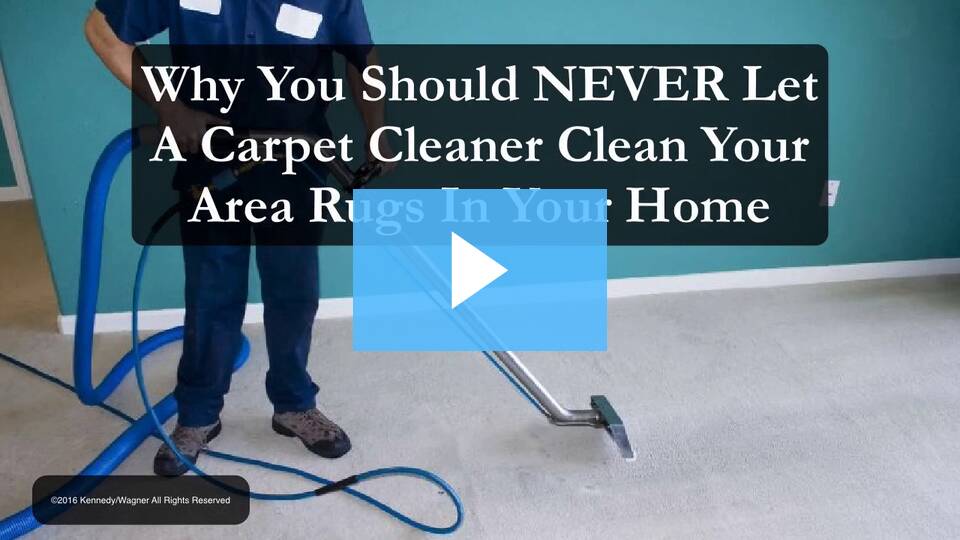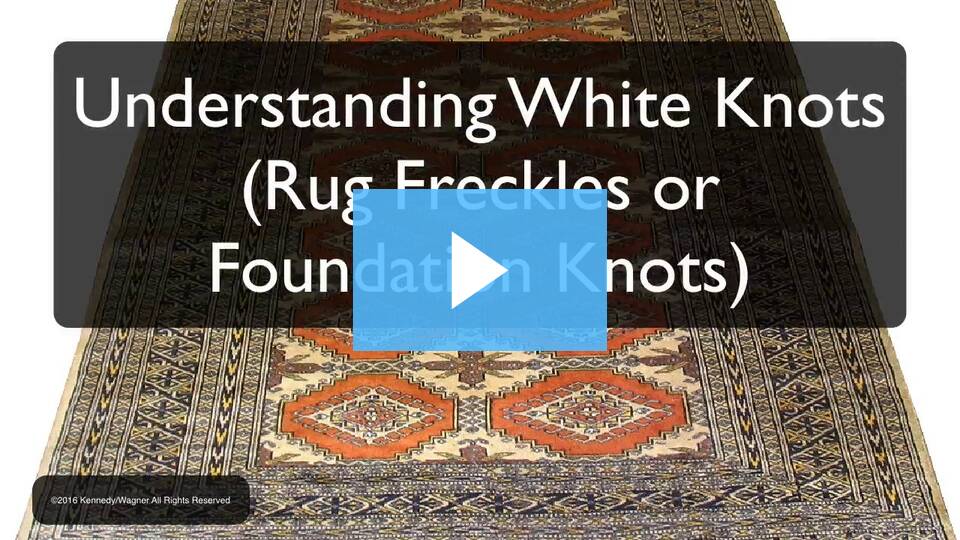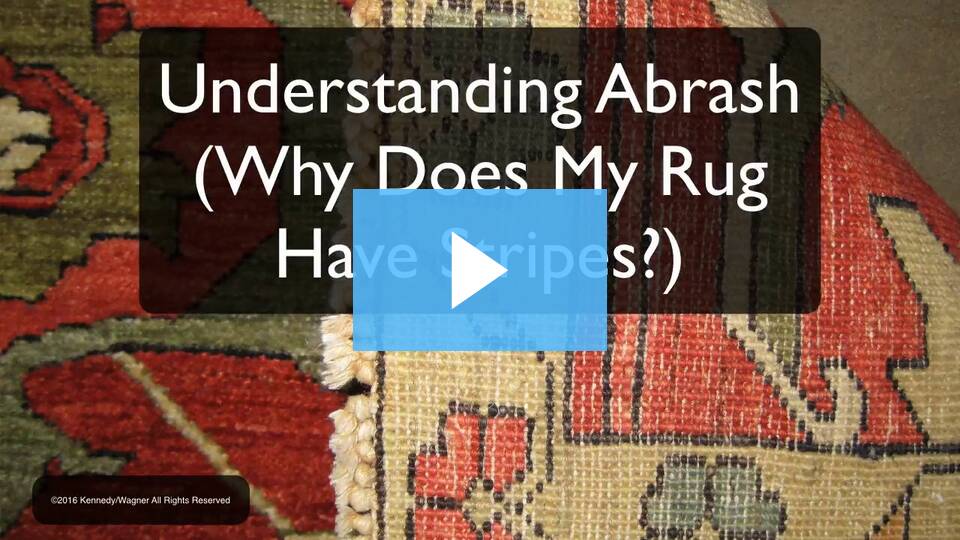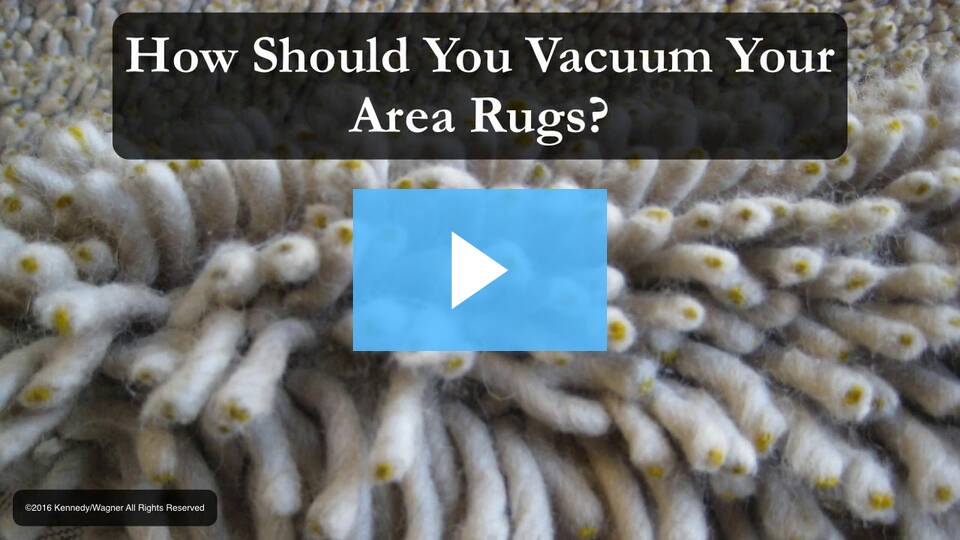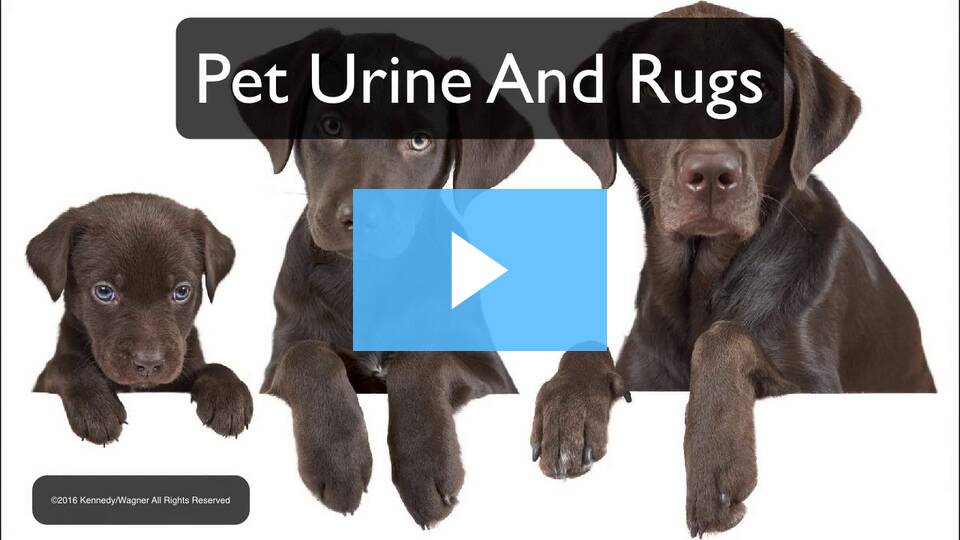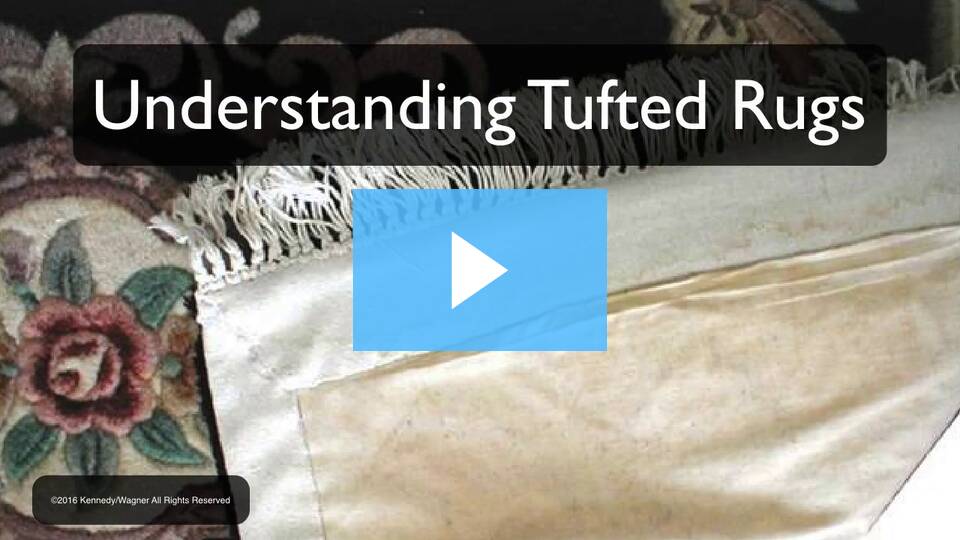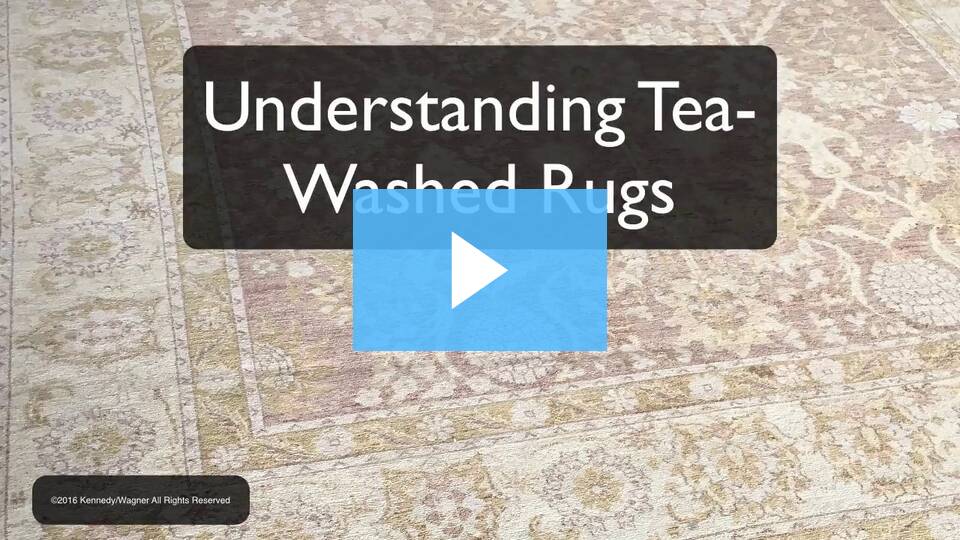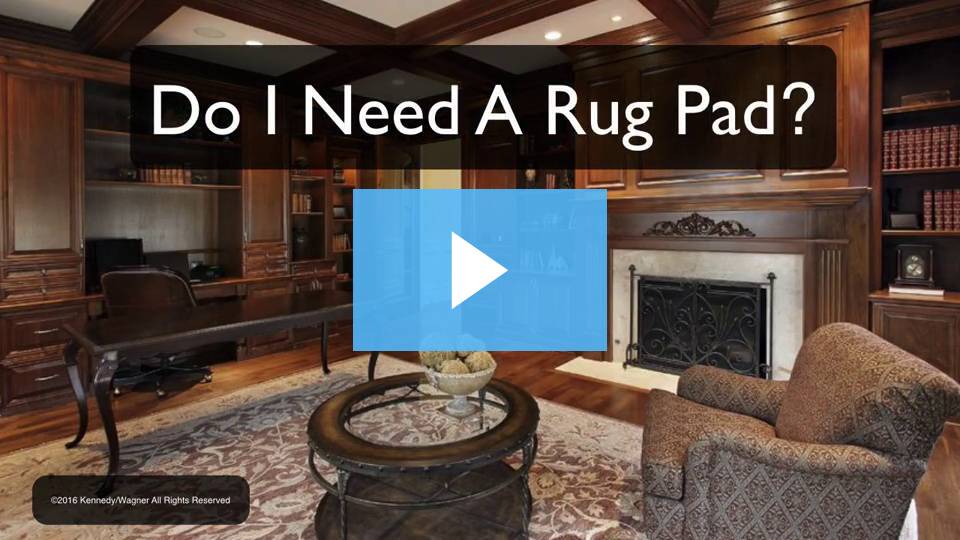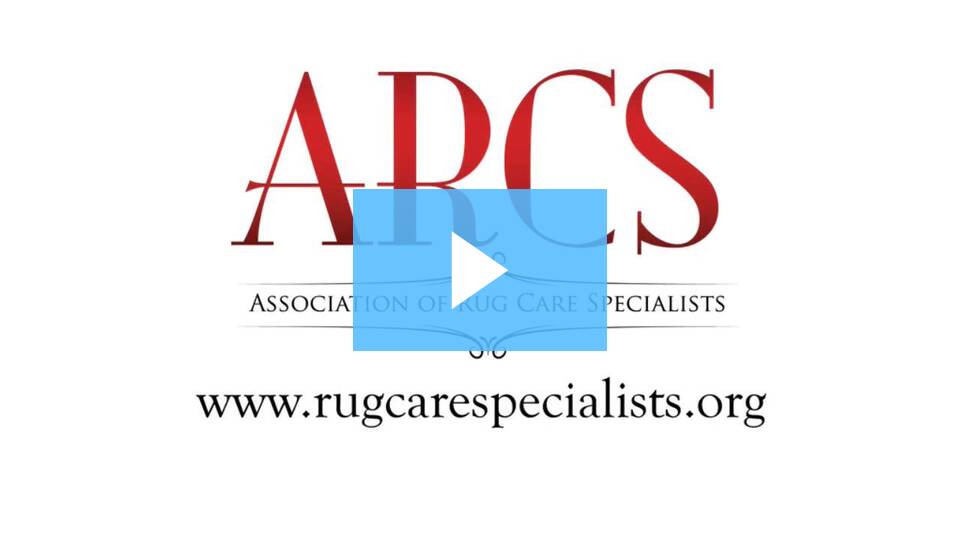Frequently Asked Questions
To help address some of our most frequently asked questions, please click on any of the topics below:
Rug washing prices are calculated using the following information:
- Size of your rug in square metres, including fringes (length x width)
- Fabric composition (e.g., wool, silk, cotton, synthetic)
- Manner of construction (i.e., handmade or machine made)
- Length of pile
Quoted prices typically include the cost for collection and delivery of rugs (we service most suburbs of Brisbane), however if we do not service your area and you are required to drop rugs into and collect from our warehouse, a 15% discount will automatically be applied to the cost of the wash price.
For the most accurate pricing information, we recommend requesting a quote once your rugs have undergone inspection at our warehouse.
- Our processes and equipment are designed specifically around providing a thorough wash for your rugs, from foundation to pile; there is no in-home service that is comparable in its effectiveness.
- We use soaps and solutions that are specifically intended for washing rugs.
- We complete pre-wash dye migration / colour fastness tests and use specialised colour-locking solutions to prevent colour bleed within your rugs.
- We are equipped to rinse your rugs thoroughly and correctly, meaning there are no unwanted residues left behind at the end of the washing process.
- Our warehouse is properly set up with elevated drying bars and fans to ensure your rugs will dry quickly and evenly.
- Our technicians are trained in stain removal, which warrants a tailored approach based on the type of stain and composition of the rug.
- We can help properly remove unpleasant and stubborn odours from your rugs.
- Our team offers extra services including rug repairs, fabric protection and moth deterrent.
In summary, engaging a specialist rug washing professional will help mitigate disaster which can come in many forms including colour bleed, pile distortion, shrinkage, residual odour, superficial cleaning, colour fade, chemical residues, warping, buckling, dry rot, wicking and browning.
A quick search for microscopic images of wool will reveal the almost scale-like characteristic of this fibre. Serving as a safe harbour for dry soil particles, wool fibres won’t surrender embedded dirt and residues through vacuuming or dry-cleaning alone.
Wet washing the ‘RugWash’ way is safe; we understand the sentimental and monetary value of your oriental rugs.
Not only does immersion washing help in the removal of embedded dry soil particles which act in an abrasive manner (causing damage to the rug fibre), this method improves the appearance and texture of your rug.
Additionally, we make a point of completing a pre-wash inspection on all rugs and will carry out a colour-fastness test where appropriate to ensure that an immersion wash won’t result in dye migration (colour bleed) within your rug.
Perhaps most importantly, RugWash Queensland is a ‘Woolsafe Approved Service Provider’, meaning you can count on our team to care for your wool rugs safely and correctly.
Smooth and fine, silk fibres do a poor job of hiding dry soil particles which means that in comparison to a fibre like wool, silk will appear far dirtier when exposed to the same amount of foot traffic and dirt.
Not only is immersion washing the most effective method for removing abrasive dry soil particles (which cause damage to the rug fibre), this method improves the colour and vibrancy of your rug by properly eliminating the residues which cause a lacklustre appearance (something a dry-clean won’t do as effectively).
As for how safe immersion washing is for silk rugs, the key is in recognising that silk fibres are strong but do not have any elasticity (i.e., if stretched they cannot be restored). For this reason, our team employs a gentle washing technique and completes a colour-fastness test prior to washing to ensure that an immersion wash won’t result in dye migration (colour bleed) within your rug.
Many people are surprised to learn that handmade wool rugs are commonly crafted onto a cotton foundation. Typically white (though found in many other colours), this foundation is comprised of several lengths of cotton which sometimes break, resulting in the need to knot the broken lengths together.
When a handmade rug is new it’s more likely that the pile will hide most of these knots; as the rug ages and the pile flattens or wears the knots are more likely to become visible.
Another common occurrence is for white knots to be disguised by dirt which helps the differing colour blend more effectively within the rug. Once a rug is thoroughly washed and the dirt removed, the knots become more visible as they stand out in starker contrast to the colour of the pile.
The important thing to note is that white knots are a normal characteristic of handmade rugs and add authenticity; they are proof that the rug you own is a genuine, handcrafted work of art.
One of the most fascinating indicators of a genuine handmade rug is abrash, which is the name used to refer to the stripes in authentic handcrafted rugs that look similar to the colour inconsistency from a printer running low on ink.
A natural consequence of variations in dye strengths, dye times and fibre thickness, abrash is not considered a flaw in handmade rugs and is visible most commonly in tribal rugs.
It is normal for rugs that have undergone an immersion wash to have more noticeable abrash post-wash; this is simply a result of the colour contrast increasing because the dry soil and residues have been properly removed.
For more information on abrash, take a look at the video below:
Vacuuming is an important step in the maintenance of your rug as it allows dust, dirt, and dander to be removed before they can be ground into the pile or foundation of the rug, which occurs during daily use (when being walked on, when children play on and when pets lay on your rugs). Perhaps most importantly, it helps prevent damage to the fibres by reducing the quantity of abrasive dry soil in your rug.
While there are a few differences in the best vacuuming method based on the construction of your rug, the following are some basic tips to help set you up for success:
- Beater bars: If your vacuum cleaner has a beater bar, we recommend turning this off, or at a minimum, using it at a setting which takes it as high off the floor as possible. Beater bars are simply too aggressive for use on most rugs.
- Vacuum direction: If your rug has no pile / pile direction or has a sturdy foundation, vacuum across the width of your rug rather than the length. If your rug does have a pile / pile direction, or is thinly constructed, use an upholstery attachment to vacuum in the direction of the pile in small strokes, lifting the attachment up between these so you are never completing a return stroke against the pile direction.
- Fringes: Always vacuum fringes in the fibre direction (i.e., typically perpendicular to the rug), with an upholstery attachment.
- Old / delicate rugs: If your rugs are very old or delicate, it is best practice to avoid vacuuming altogether and instead use a rug brush (such as a horsehair brush) width-ways across the rug. Fringes on these rugs can also be brushed in the same manner, though always in the direction of the fringe fibres (i.e., typically perpendicular to the rug).
- Sheepskin rugs: Because of their unique construction, we recommend shaking sheepskin rugs out, rather than vacuuming them. To restore the neat, fluffy appearance of sheepskin rugs after shaking, use a sheepskin brush for best results.
https://www.rugwashqueensland.com.au/rug-care-videos/?wvideo=b91b2t36m4


